Scheming for Color
As we head into Gardening Season 2018, you can make your gardens sing. Let’s work, step-by-step, to develop a plan for the color beds in your plantings.
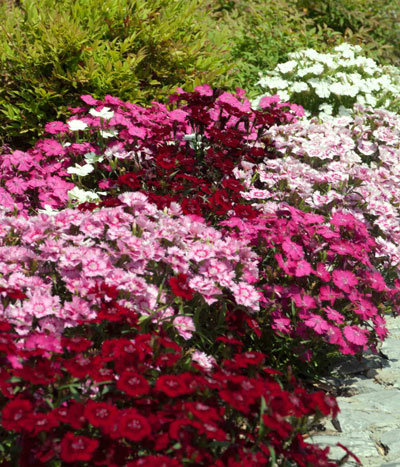
Photo: Bed of mixed pinks is great all through the cool months.
Follow these guidelines…
• Start with your favorite colors. There’s little point in adding red to your garden if your favorite color is blue. Be sure your colors are harmonious with the non-living things that surround them, such as walls, walks and patios, then go with the shades that most cheer and inspire you.
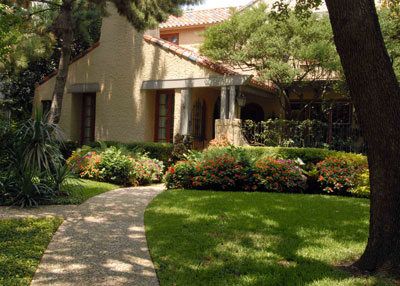
Photo: Entryway garden has an orange color motif, all the way through the tile roof.
• Think of each part of your landscape as its own separate “room.” Each of these rooms can have its own seasonal color scheme. Unless they’re visible from one to another, your color scheme in one room can be completely different from that in another.
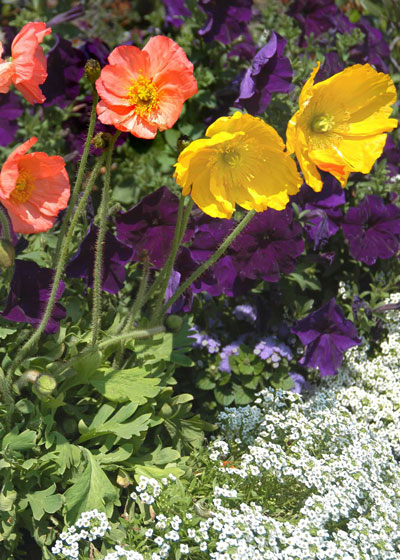
Photo: Iceland poppies, pansies and sweet alyssum shine in late winter, early spring.
• Plan for seasonal change-outs. Vary your color plantings in any given spot at least two times per season, one for the cool months of November through mid-April, and the other for the warm weather from late April through October.

Photo: ‘Bloodgood’ Japanese maple’s intense red foliage shows in spring, then returns in this autumn photograph.
• Know the best sources of each of your favorite colors. Make a list of the very best plants to provide them. Flowering trees and shrubs typically bloom one or two times per year, and they flower for two or three weeks at a time. Fall color lasts about that long, too. Sure, you need to consider and include them, but you probably don’t want to base your entire garden design on them alone.
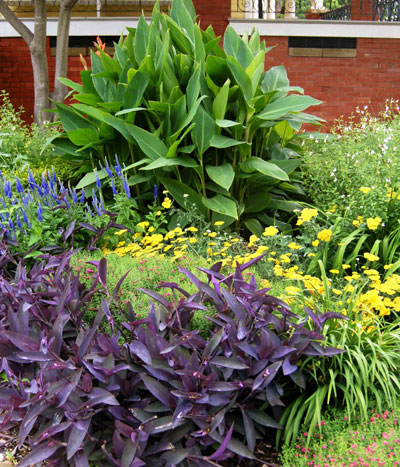
Photo: Cannas, yarrow and purpleheart combine nicely with other late spring, early summer perennials. Attractive combinations like this, however, don’t just happen by accident. They require careful planning.
• Perennials are somewhat in that same boat. Almost all perennial species will bloom at the same time this year that they flowered last year, and that bloom time, for all but a handful, will last for two or three weeks. Using perennials effectively takes careful planning and strategic planting.
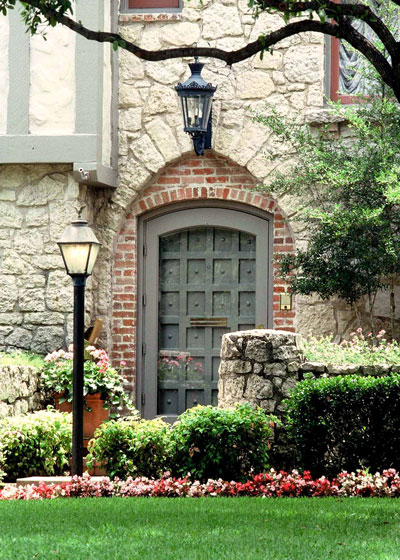
Photo: Begonias flank doorway of this lovely, tasteful entryway.
• Annual flowers and foliage provide the biggest show for the bucks, and they’re the easiest way for a newcomer to succeed with landscaping color. Your biggest responsibility with them will come in choosing types that can handle Texas weather and soils, and that’s where your homework pays off. Use proven types, and plant them at the time of year when they’ll have the best odds of succeeding.
• “Simple” is always in style, so don’t feel like you need to have big assortments of types. Smaller beds may only need two or three species. Larger beds may look better with large sweeps of the same types of plants.
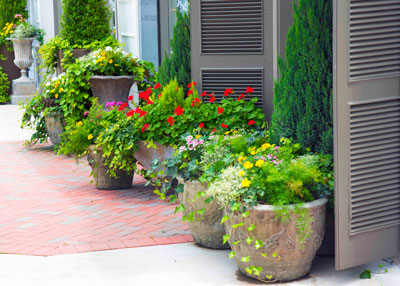
Photo: Patio color can be showcased in decorative pots.
• Patio pots and hanging baskets give you the chance to put accent marks on your efforts. Any plant is elevated to a position of prominence when it’s grown in a pot. Use containers near your entries, as accents on the patio and at any other place where you want to draw attention.
